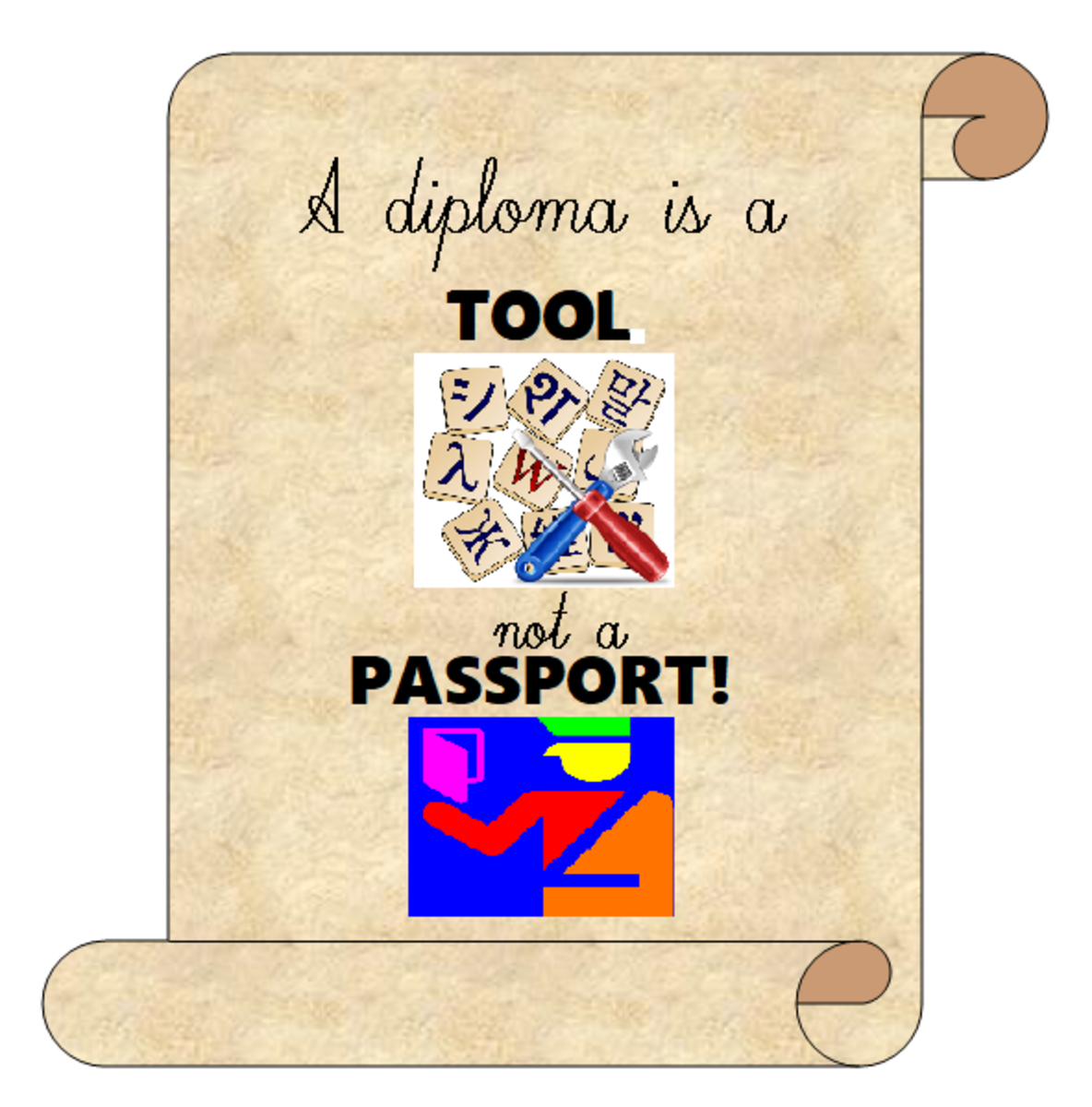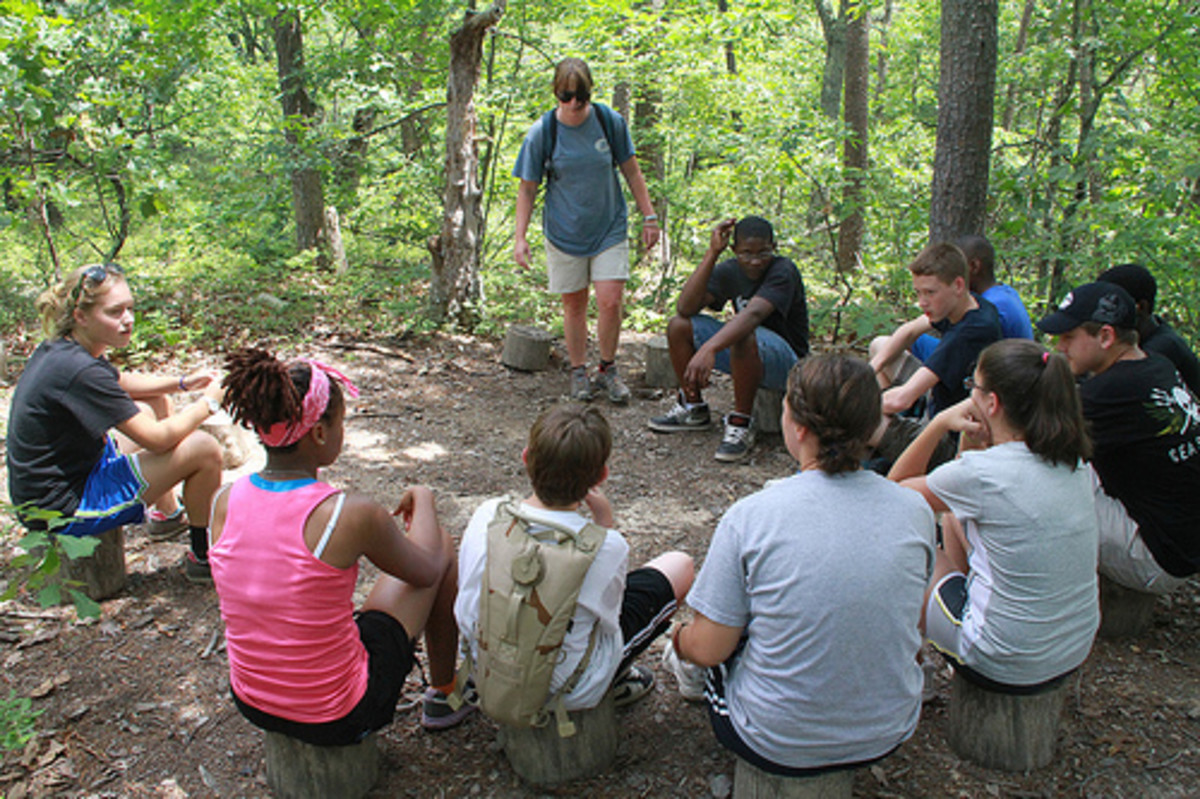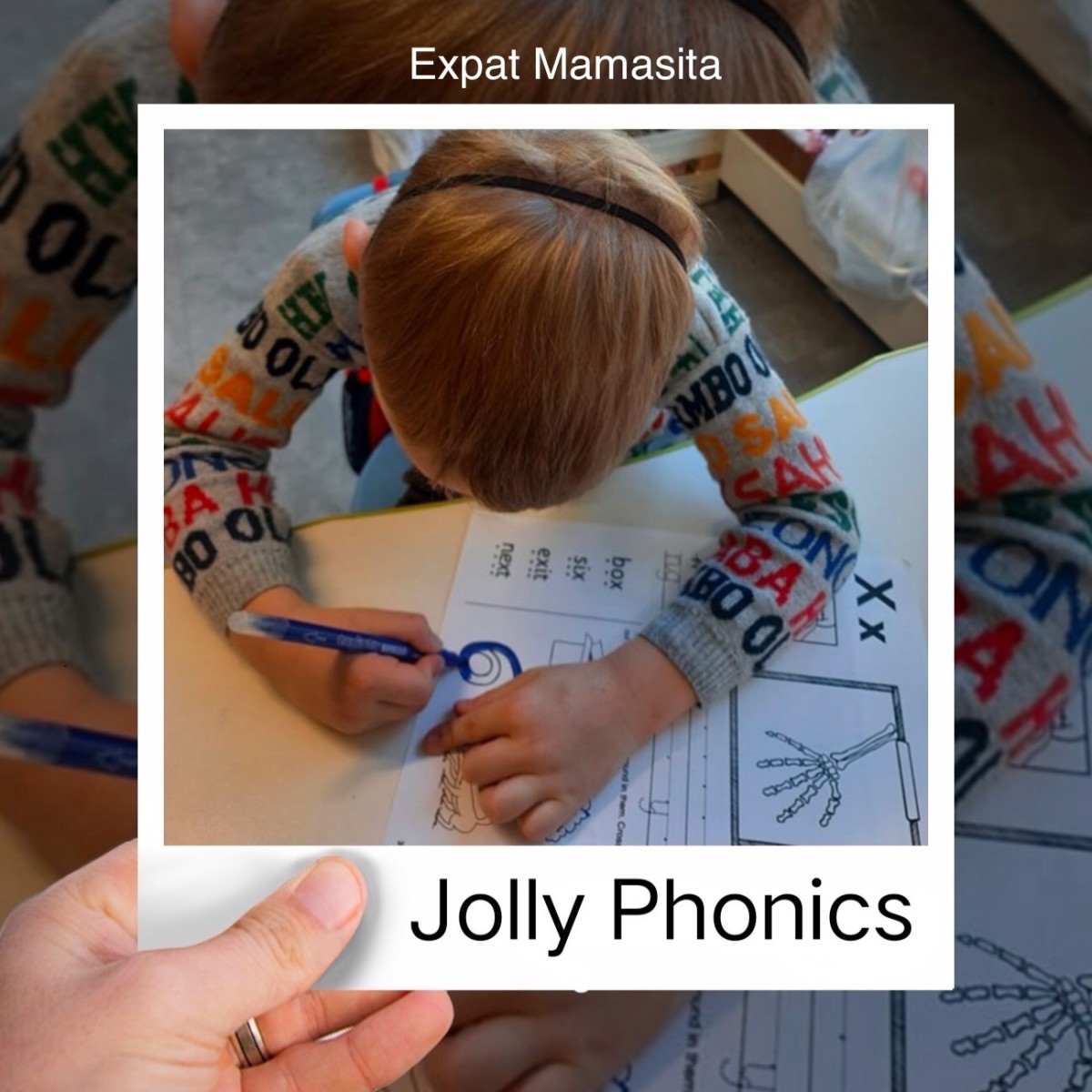Zero Tolerance, Zero Intelligence, Part 1: Introduction
Introduction
In 1994, a Republican controlled Congress passed a law that a Democratic president encouraged and signed. There was a bipartisan effort because so many politicians and social thinkers thought that this law was a grand idea. As a result, the Gun Free Schools Act of 1994 resulted in the introduction of zero tolerance policies in schools throughout the United States (Skiba). This law mandated that the states of the union pass laws supporting, requiring, and enforcing zero tolerance policies towards guns in schools in order for them to receive federal funding for education. The expectation was that a student that brought a gun to school would be suspended or expelled for no less than one year. The federal mandate completely failed to account for the need for due process in any way other than in relation to the Americans with Disabilities Act (Fisher).

As a result of this policy blunder, very few states included any type of due process procedures in their zero tolerance laws or the subsequent policies. Only five short years later, tragedy rocked the nation with the horrifying shooting at Columbine High School. The shooting happened on April 20th, 1999 in Littleton, Colorado. In the attack twelve students and one teacher were killed, another twenty-one were wounded, and the two perpetrators, both students at the school, committed suicide (History.com). The media and parents screamed that something must be done, and the politicians, policy makers, and school districts obliged. In response to this, the policies were changed to include anything that could subjectively be considered a weapon.
A Summary of the Columbine Shooting
Furthermore, responses to any violation increased in harshness and inflexibility. Zero tolerance laws and policies required suspension or expulsion with minimal consideration for circumstances, required no due process, nor considered the implications of these actions for the educational, mental, or physical well-being of the student. While Zero Tolerance laws seemed reasonable when considering the safety of students in relation to weapons, the policies have been expanded to include the areas of drugs, alcohol, tobacco, fighting, and bullying, in addition to taking the unthinking and buffoonish approach of ignoring circumstances beyond the basic observation that a rule has been broken. As a result, key indicators for mental health issues or cries for help are now criminalized rather than being interpreted and responded to. Instead of attempting to address a major health problem, the result is to suspend or expel students who may be in need mental health treatment or social support. These policies, in turn, demonstrates an inflexibility of thinking that is childish and simplistic. School, a place where students should be able to learn and make mistakes as a part of growing up to be responsible adults, has now become a prison where the inmates must behave in a very particular way.
If they step out of line from the established set of arbitrary norms, they will frequently be treated with harsh, unthinking and punitive measures without consideration for the fact that a young student typically lacks the experience to know what to do in many situations. Perhaps the student simply made a mistake. Zero Tolerance laws and policies are contrary to the objective of education: to teach students to become responsible and reasonable adults because Zero Tolerance is neither responsible nor reasonable in its interactions with students, schools, and society. If an individual teacher were to act in the way that Zero Tolerance responds towards disciplinary concerns he or she would probably not be employed for long.
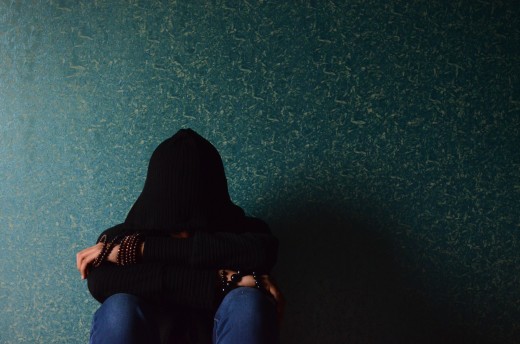
Case Study # 1
A 3 ¼ inch pocket knife at school is no laughing matter. Such a knife at an inner city high school, with rough neighborhoods and gang trouble, is more dangerous still. But when vice principal Cheryl Howard found and confiscated said pocket knife from the bag of Atiya Haynes during a random search at Annapolis High School's homecoming football game, the questions that needed to be asked were neglected (Gross). Why was the knife in her bag? Was Atiya at risk of harming herself or others with the knife? How could this situation be handled in a way that protected the other students but also benefited this student? These questions would be vital in protecting students and ensuring safety in the environment and culture of a school.
The background of the situation is as follows. Atiya Haynes, a good student with no history of behavioral problems and a 3.0 GPA, was given the knife by her loving grandfather over the summer. He, being concerned that one of her two summer jobs required that she ride her bike through several rough Detroit neighborhoods, insisted that his granddaughter have a means to defend herself. She put the knife in her bag and then forgot about it (Gross).
Fast forward to months later when the knife was found. Atiya had forgotten about it. She had not intended to bring a knife to school. The reasonable response would be to confiscate the knife, investigate the situation, call parents about the policy breach, determine intent, and ensure that the safety of Atiya and her peers was not in question. Once the situation was resolved, Atiya might return to classes feeling a little embarrassed over the mistake, but confident that safety was and is a priority at her school. Perhaps she would be somewhat more considerate about what she kept in her bag (Fogarty).
Atiya was required to present her case to the school board. The ruling of the Dearborn Heights 7th District Board of Education was a suspension of Atiya from school for a full year. Atiya was a senior in high school. Pleading for empathy and mercy was useless it seemed, because of the superintendent, Tim Theiken cited Zero Tolerance policies and laws in response. He said, "I think that she presented her case tonight but at the same time as a school board we are upheld by the state of Michigan to uphold the laws of the state of Michigan, and we tried to do everything we could within that framework to allow her to finish her education within the state of Michigan" (Fogarty).
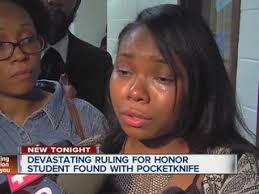
Instead of a reasonable response to a reasonable situation, the highest authority of a school district felt that the only response was to hold to a law that was intended to protect students from present dangers such as a violent gang member bringing a knife to school with the clear intent to harm others. This conclusion is comparable to, hypothetically, a teacher penalizing a student's grade by a full letter for forgetting to bring a pencil just once. Let's also posit that, previous to that incident, the student had a perfect record in bringing required materials to class. Does this level of reaction demonstrate any comprehension of ethics? Does it constitute any level of adult intelligence or responsibility? What is more, should a teacher who reacts in such a way to a student's demonstrably harmless error still be teaching our children? If this is unreasonable and unethical at the classroom level, how does it, by any stretch of the imagination, become reasonable or ethical for a school, a district, or a government to do the same? How does it benefit this young lady, whom we wish to become a responsible adult, to be treated like a criminal for a mistake that could just as easily happen to the adults who so readily condemned her?
After reading Part 1, what do you think about Zero Tolerance?
Next Parts
- Zero Tolerance, Zero Intelligence, Part 2: The History | HubPages
Part 2 examines the historical factors that lead to Zero Tolerance laws and policies and looks at another case study of its misuse. - Zero Tolerance, Zero Intelligence, Part 3: Symptoms of the Real Problem
Part 3 addresses the real problems that schools face and looks at some solutions. This part also looks at two more case studies. - Zero Tolerance, Zero Intelligence, Part 4: School Safety, Self-regulation, & Social Skills
Part 4, and the final part, addresses school safety, self-regulation, social skills, and gives a compelling case for taking a different approach other than Zero Tolerance.
Works Cited (for Parts 1-4)
A Brief History of the Drug War. (n.d.). Retrieved February 05, 2017, from
http://www.drugpolicy.org/facts/new-solutions-drug-policy/brief-history-drug-war-0
Anderson, D. A. (2014). Encyclopedia of Law and Economics. Springer Verlag.
The Cost of Crime
Caldwell, Michael F., and Gregory J. Van Rybroek. 2005. “Reducing Violence in Serious Juvenile Offenders Using Intensive Treatment.” International Journal of Law and Psychiatry 28:622–36.
Caldwell, Michael, Jennifer Skeem, Randy Salekin, and Gregory Van Rybroek. 2006. “Treatment Responses of Adolescent Offenders With Psychopathy Features: A 2-Year Follow-Up.”
Criminal Justice and Behavior 33(5):571–96.
CBSNews, S. (2014, July 1). "Pop Tart" suspension should be upheld, school official says.
Retrieved July 22nd, 2016, from http://www.cbsnews.com/news/examiner-recommends-school-board-uphold-pop-tart-suspension
Chasmar, J. (2016, September 21). 7th-grader suspended after reporting pocketknife to school, mom says. Retrieved March 11, 2017, from http://www.washingtontimes.com/news/2016/sep/21/7th-grader-suspended-after-reporting-pocketknife-t/
Child population (in millions) ages 0–17 in the United States 1950–2015. (n.d.).
Retrieved July 22, 2016, from
http://www.childstats.gov/americaschildren/tables/pop1.asp
Drug Testing: Background Information - FindLaw. (n.d.). Retrieved July 22, 2016, from
http://education.findlaw.com/student-rights/drug-testing-background-information.html
Faith, M., Malcolm, K., & Newgent, R. (2008). Reducing potential mental health issues and alcohol abuse through an early prevention model for victims of peer harassment. Work,
31(3), 327-335 9p.
Fisher, A. (2005, November 16). USING CALIFORNIA STATE ANTIDISCRIMINATION LAW TO COMBAT THE OVERUSE OF SCHOOL SUSPENSIONS. Retrieved
July 22nd, 2016, from http://lawreview.usc.edu/wp-content/uploads/Fisher_online.pdf
Fogarty, L. (2014, October 14). Honor Student Accidentally Brings Banned Item, Gets Expelled.
Retrieved July 22nd, 2016, from http://www.opposingviews.com/i/society/honor-student-who-accidentally-brought-pocketknife-school-will-be-suspended-yearr
George, D. S. (2016, October 25). Resolution, years later, in boy's suspension over 'pastry gun'
Retrieved March 04, 2017, from https://www.washingtonpost.com/local/education/
resolution-years-later-in-boys-suspension-over-pastry-gun/2016/10/25/6bc337de-
96f5-11e6-bc79-af1cd3d2984b_story.html?utm_term=.b93969aa6c77
Gross, A. (2014, October 13). How a Pocketknife and Bad School Policy Can Ruin a Student's Life. Retrieved January 17, 2017, from http://www.slate.com/articles/life/education/2014/10/atiya_haynes_case_zero_tolerance_school_choice_and_one_detroit_student_s.html
Henault, C. (2001). Zero Tolerance in Schools. Journal of Law & Education, 30(3), 547-553.
History.com, S. (2009). Columbine High School shootings. Retrieved July 22nd, 2016, from
http://www.history.com/topics/columbine-high-school-shootings
King, C. A., Gipson, P. Y., & Opperman, K. (2015). The LET's CONNECT Intervention: Targeting social connectedness, bullying, and youth suicide risk. In P. Goldblum, D. L.
Espelage, J. Chu, B. Bongar, P. Goldblum, D. L. Espelage, ... B. Bongar (Eds.) , Youth suicide and bullying: Challenges and strategies for prevention and intervention (pp. 246-259).
New York, NY, US: Oxford University Press.
McCabe, S. E., Morales, M., Cranford, J. A., Delva, J., McPherson, M. D., & Boyd, C. J. (2007). Race/Ethnicity and Gender Differences in Drug Use and Abuse Among College Students. Journal of Ethnicity in Substance Abuse, 6(2), 75–95.
http://doi.org/10.1300/J233v06n02_06
Mangu-Ward, K. (2016, June 16). Judge Upholds Suspension of the Pop-Tart Gun Kid. Retrieved March 4, 2017, from http://reason.com/blog/2016/06/16/judge-upholds-suspension-of-the-pop-tart?src=fb
NBPTS. (n.d.). Retrieved April 07, 2016, from
http://www.boardcertifiedteachers.org/about-certification/five-core-propositions
O'Neill, ,. M., Clark, ,. K., & Jones, J. A. (2011). Promoting Mental Health and
Preventing Substance Abuse and Violence in Elementary Students: A Randomized
Control Study of the Michigan Model for Health. Journal Of School Health, 81(6),
320-330.
doi:10.1111/j.1746-1561.2011.00597.x
Powers, J. D., Swick, D. C., Wegmann, K. M., & Watkins, C. S. (2016). Supporting prosocial development through school-based mental health services: A multisite evaluation of social and behavioral outcomes across one academic year.Social Work In Mental Health,14(1), 22-41.
doi:10.1080/15332985.2015.1048842
Recalling the Apple and the Knife [Personal interview]. (2017, February 17).
Render, J. (2017, March 09). Dekalb middle school student brings gun to class. Retrieved March
11, 2017, from http://www.cbs46.com/story/34710548/dekalb-county-school-student-brings-gun-to-class
Ronón, J., Campbell, J., Galway, K., & Leavey, G. (2014). Exploring the Needs of Socially Excluded Young Men. Children & Society, 28(2), 104-115.
doi:10.1111/j.1099-0860.2012.00457.x
Sakellari, E., Sourander, A., Kalokerinou-Anagnostopoulou, A., & Leino-Kilpi, H. (2014). The impact of an educational mental health intervention on adolescents' perceptions of mental illness. Journal Of Psychiatric & Mental Health Nursing,21(7), 635-641.
doi:10.1111/jpm.12151
Seal v. Morgan. (n.d.). Retrieved July 23, 2016, from
http://caselaw.findlaw.com/us-6th-circuit/1204088.html
Skiba, R. J. (2014). The Failure of Zero Tolerance. Reclaiming Children & Youth, 22(4), 27-33.
Teske, S. C. (2011). A Study of Zero Tolerance Policies in Schools: A Multi-Integrated Systems Approach to Improve Outcomes for Adolescents.Journal Of Child & Adolescent Psychiatric Nursing, 24(2), 88-97.
doi:10.1111/j.1744-6171.2011.00273.x
Triplett, N. P., Allen, A., & Lewis, C. W. (2014). Zero Tolerance, School Shootings, and the Post-Brown Quest for Equity in Discipline Policy: An Examination of How Urban Minorities Are Punished for White Suburban Violence. Journal Of Negro Education, 83(3), 352-370.
Urbina, I. (2009, October 11). It’s a Fork, It’s a Spoon, It’s a ... Weapon? Retrieved March 13, 2017, from http://www.nytimes.com/2009/10/12/education/12discipline.html
Wei, Y., & Kutcher, S. (2014). Innovations in Practice: 'Go-to' Educator Training on the mental health competencies of educators in the secondary school setting: a program evaluation. Child & Adolescent Mental Health, 19(3), 219-222.
doi:10.1111/camh.12056
© 2018 Brian Middleton



